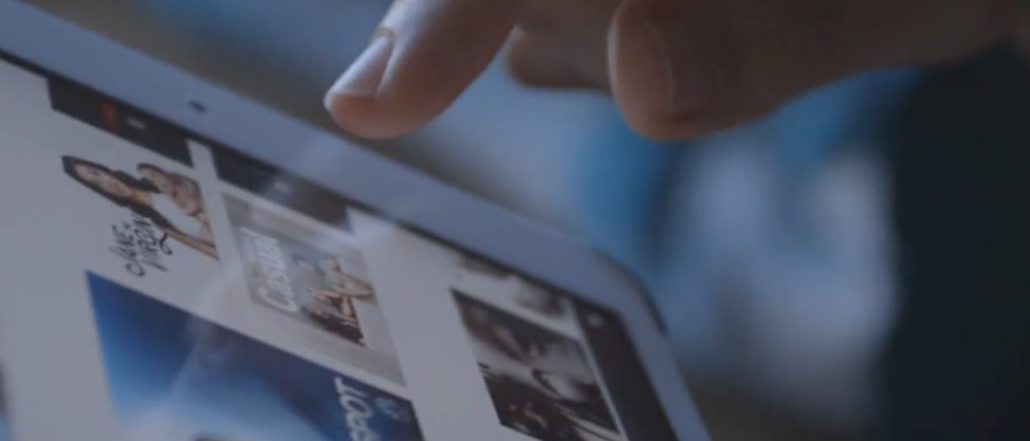‘It’s on every media plan’: Media buyers hail Facebook’s dedicated video tab


As Facebook tries to become more like TV, one particular feature is proving to be a huge hit among analysts and media buyers alike — before it is even rolled out en masse.
The company has been testing out a dedicated video tab inside its mobile app among a small group of users over the past year, as it aims to make video a more integral part of its mobile offering. The tab appears on its bottom menu alongside the notifications, timeline, marketplace and settings tabs, and opens up into a separate video hub, delivering a feed of live videos and other video content based on a user’s subscriptions or interests.
For media analysts and media buyers, the dedicated video vertical firmly equips Facebook to grab more ad dollars from TV.
“It’s been difficult to look at Facebook video as a premium offering, as it has so far been somewhat hidden in your feed and not had its own dedicated channel,” said Kirsten Atkinson, vp of media and branded integration at Walton Isaacson. “But them making making a concerted effort to program it and create a dedicated space for it will definitely attract more buys.”
Research associates at Morgan Stanley echoed the same sentiment in a note released last week, saying that the video tab “should help Facebook capture a larger share of the TV ad market.”
According to the analysts, one of the reasons TV ad dollars have not moved to Facebook very quickly is because video posts and ads in its news feed are too fragmented, and get lost among other posts. But now, like YouTube, the platform is offering “a destination solely designed to drive video consumption.”
“Facebook is set to conquer the world,” said Ben Kunz is svp of marketing and content at Mediassociates. “In the words of Wayne Gretzky, it is skating to where the puck is going, with the huge growth of digital mobile video.”
The platform partnered with Nielsen to launch a new ad product last year called Target Rating Points Buying, for example, enabling buyers to plan, buy and measure campaigns that span both TV and Facebook. Despite being much more costly, Facebook will command an increasing share of ad dollars moving forward, said the experts, given its targeting capabilities and scale.
“The measurability and scale of digital video on Facebook makes it very attractive for marketers,” said Atkinson. “Not only does its data provide focused targeting of audiences, unlike TV, but also provides for better KPIs.”
However, while digital consumption continues to grow, people in the U.S. still spend more time watching TV than they do on mobile sites and apps like Facebook. The average American watches a little over four hours of TV a day, according to Nielsen, as opposed to nearly two hours on their smartphones and about 57 minutes on PCs. And that is why, it’s not fair to look at it as a zero sum game, said Kunz.
“Facebook video has become like Google Search in that it’s on every media plan, but TV still works,” he said. “So the real holy grail is to get someone across all touchpoints: When they’re on their couch watching CNN and also on their cellphone as they’re scrolling through through Facebook.”
For Matt Heindl, senior director of social media at Razorfish, it’ll be a while until Facebook can truly be a threat to TV, because a majority of its video content continues to short-form, snackable content versus long-form high-quality content.
“If I were a TV sales rep, I wouldn’t be too worried right now,” he said. “But if I were Snapchat or YouTube, I’d definitely be worried.”
More in Media

NewFronts Briefing: Samsung, Condé Nast, Roku focus presentations on new ad formats and category-specific inventory
Day two of IAB’s NewFronts featured presentations from Samsung, Condé Nast and Roku, highlighting new partnerships, ad formats and inventory, as well as new AI capabilities.

The Athletic to raise ad prices as it paces to hit 3 million newsletter subscribers
The New York Times’ sports site The Athletic is about to hit 3 million total newsletter subscribers. It plans to raise ad prices as as a result of this nearly 20% year over year increase.

NewFronts Briefing: Google, Vizio and news publishers pitch marketers with new ad offerings and range of content categories
Day one of the 2024 IAB NewFronts featured presentations from Google and Vizio, as well as a spotlight on news publishers.








